Sapphire RX 7900 XT Pulse in detail
While someone may find the RX 7900 XT graphics card to be the most attractive within its price range, another may see the RTX 4070 Ti in that position. And both are right, they might just disagree on priorities. Outside of ray-tracing graphics, the Radeon is even attacking the RTX 4080. Admittedly this is at the expense of, say, worse technological balance and also worse power efficiency, but if someone doesn’t appreciate GeForce’s strengths…
The segmentation of gaming graphics cards with AMD chips is quite a bit thinner than Nvidia’s. The latter has already four GeForce cards (RTX 4070, RTX 4070 Ti, RTX 4080 and RTX 4090) in the current generation (Ada Lovelace) compared to two Radeons (RX 7900 XT and RX 7900 XTX) with RDNA 3. Still, it can’t be said that Nvidia has a downright equivalent to any of the RX 7000 Radeons.
The emphasis of the companies (AMD and Nvidia) on different features is so pronounced that it raises quite a lot of emotions around what is more and less important for whom. Arguments about the higher attractiveness of one graphics card or another are somewhat based on different “worldviews”. Everyone prefers slightly different things, and the task of this article is to point out all the strengths as well as weaknesses of the Sapphire RX 7900 XT Pulse compared to the MSI RTX 4070 Ti Suprim X 12G and MSI RTX 4080 16GB Suprim X.
From the basic specs that apply to all Radeon RX 7900 XT graphics cards: the GPU is the Navi 31 XT, the same chip that the RX 7900 XTX has, but without 12 active compute units. With 84 CUs, the RT 7900 XT has thus 5376 shaders at its disposal. The memory is “only” GDDR6 type (GDDR6X, as in GeForce, is not used by AMD), but because of the wide memory bus, an extremely high bandwidth is still achieved, over 800 GB/s. The memory size is always 20 GB with the RX 7900 XT. Furthermore, DisplayPort 2.1 is supported, which compared to the GeForce RTX 4000 (with DP 1.4a) is a key thing for those interested in an 8K monitor with 165 Hz. Graphics cards with Ada Lovelace GPUs will also display 7680 × 4320 px resolution, but at a lower refresh rate (60 Hz). Traditionally, the full parameters can be found in the overview chart of the second chapter.
And now to the specifics of the Sapphire Pulse: One is the increased clock speed for the GPU boost, compared to the reference model (2394 MHz) by 56 MHz (2450 MHz). These are the official, guaranteed speeds, which tend to be exceeded in practice. Sometimes quite significantly, but we’ll discuss that later, during the evaluation.
Sapphire RX 7900 XT Pulse in detail
The “Pulse” series of graphics cards represents the lowest-cost non-reference cooler options in Sapphire’s lineup. The cooler is built on the conventional all-copper coldplate and heatpipe technology. Only the Nitro+ Vapor-X model is based on a vapor chamber.
Three 90 mm fans are used to cool the heatsink. However, the contacts to connect them are no longer in the frame, but each fan has a short cable that chains to the remaining fans. While this eliminates the extremely quick replacement of a faulty fan, at least you still don’t have to replace all three fans at the same time when one fails. Disconnecting the fan does require removing the housing, however. The model designation of the fans, by the way, is FD9015H12D. Might come in handy later to find them, at the moment search engines don’t index it much.
The backplate (as opposed to the plastic housing around the fans) is made of metal (aluminum) and Sapphire also uses it to absorb heat from the memory. Not only between the memory and the heatsink, but also behind the memory – on the back of the PCB – there are thermal pads. And full-sized, big ones.
There is then a grille at the back of the card to better dissipate heated air. It’s smaller than on GeForce graphics cards, but that’s because Radeons have significantly larger PCBs. In this case, the cooler only extends it by 35.5mm.
When looking at the fans in detail, it is worth pointing out the two elements that stiffen the blades. Firstly, the central ‘bend’ and secondly, the framing of the blades with a circular tunnel. In both cases, the manufacturer works to increase the strength of the blades and eliminate vibration at the tips that would occur without these modifications due to high flexibility. This would then, in addition to the more pronounced resonant frequencies (tonal peaks) of the sound, eventually lead to resonating the case and subsequently the cooler, which occurs with some simpler designs.
At 315mm, it’s not a downright short graphics card, but it’s not a long one either. Still, you won’t usually have compatibility complications in smaller cases (as with the more powerful GeForce RTX 4000s) even if you install a liquid cooler radiator (with fans) behind the front panel.
The Sapphire RX 7900 XT Pulse is also significantly slimmer compared to GeForce cards from similar performance class (RTX 4070 Ti and RTX 4080). With almost 55 mm, it does not extend above the fourth PCI Express slot, so you can comfortably, that is, with a reasonable margin for (de)mounting, use it for an additional card. In width (from the connector) the RX 7900 XT Pulse has 134 mm. It thus extends some 27 mm beyond the cover around the outputs, but this is usually again less than with the overall larger competing graphics cards with Nvidia GPUs.
The cooler heatsink itself is 20–25 mm in height (the fins above the GPU and VRAM are taller) at a weight of 658 grams. A network of six heatpipes is used for heat distribution.
Note: The article continues in the following chapters.
- Contents
- Sapphire RX 7900 XT Pulse in detail
- Parameter chart
- Methodology: performance tests
- Methodology: how we measure power draw
- Methodology: noise and sound measurement
- Methodology: temperature tests
- Test Setup
- 3DMark
- Age of Empires II: DE
- Assassin’s Creed: Valhalla
- Battlefield V
- Battlefield V with DXR
- Borderlands 3
- Control
- Control with DXR
- Counter-Strike: GO
- Cyberpunk 2077
- Cyberpunk 2077 with DXR
- DOOM Eternal
- F1 2020
- FIFA 21
- Forza Horizon 4
- Mafia: DE
- Metro Exodus
- Metro Exodus with DXR
- Microsoft Flight Simulator
- Red Dead Redemption 2 (Vulkan)
- Red Dead Redemption 2 (Dx12)
- Shadow of the Tomb Raider
- Shadow of the Tomb Raider with DXR
- Total War Saga: Troy
- Wasteland 3
- Overall gaming performance per euro
- CompuBench (OpenCL)
- SPECviewperf 2020 and SPECworkstation 3
- FLOPS, IOPS and memory speed tests
- 3D rendering 1/2 (LuxMark a Blender@Cycles)
- 3D rendering 2/2 (Blender@Radeon ProRender and Eevee)
- Photo editing (Adobe Photoshop, Lightroom and Affinity Photo)
- Broadcasting (OBS and Xsplit)
- Password cracking
- GPU clock speed
- GPU and VRAM temperatures
- Net graphics card power draw and performance per watt
- Analysis of 12 V branch power supply (higher load)
- Analysis of 12 V branch power supply (lower load)
- Analysis of 3.3 V branch power supply
- Noise level
- Frequency response of sound
- Conclusion





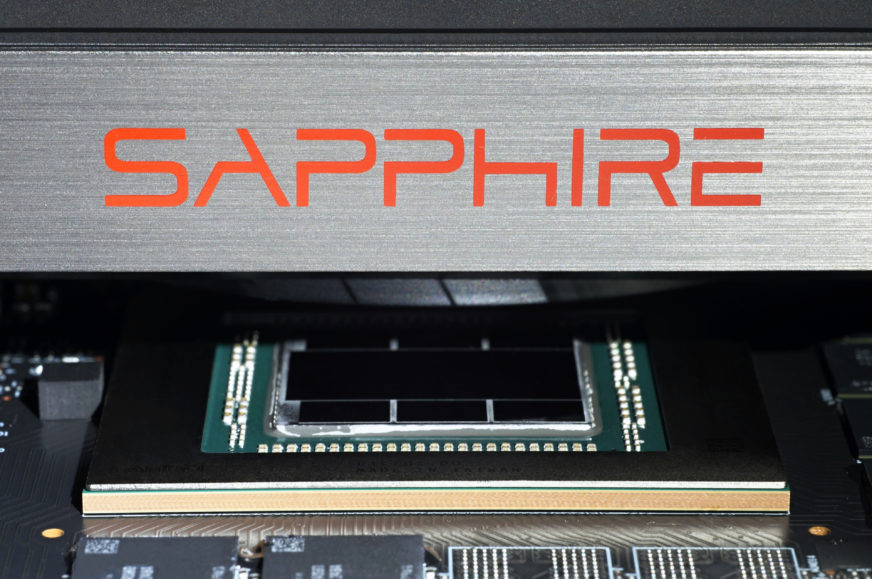
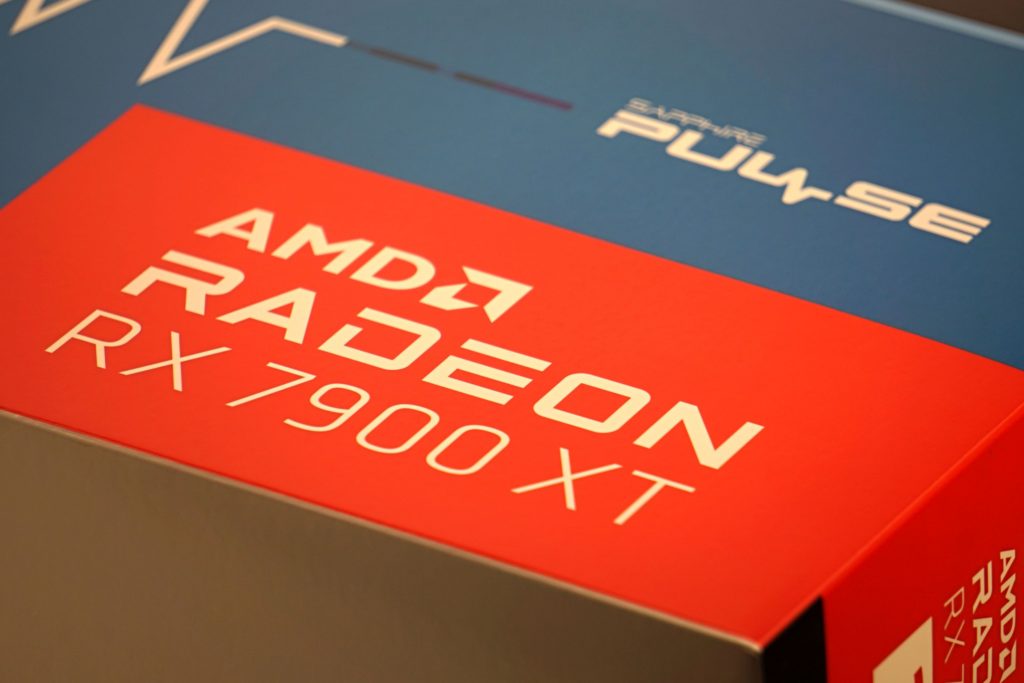
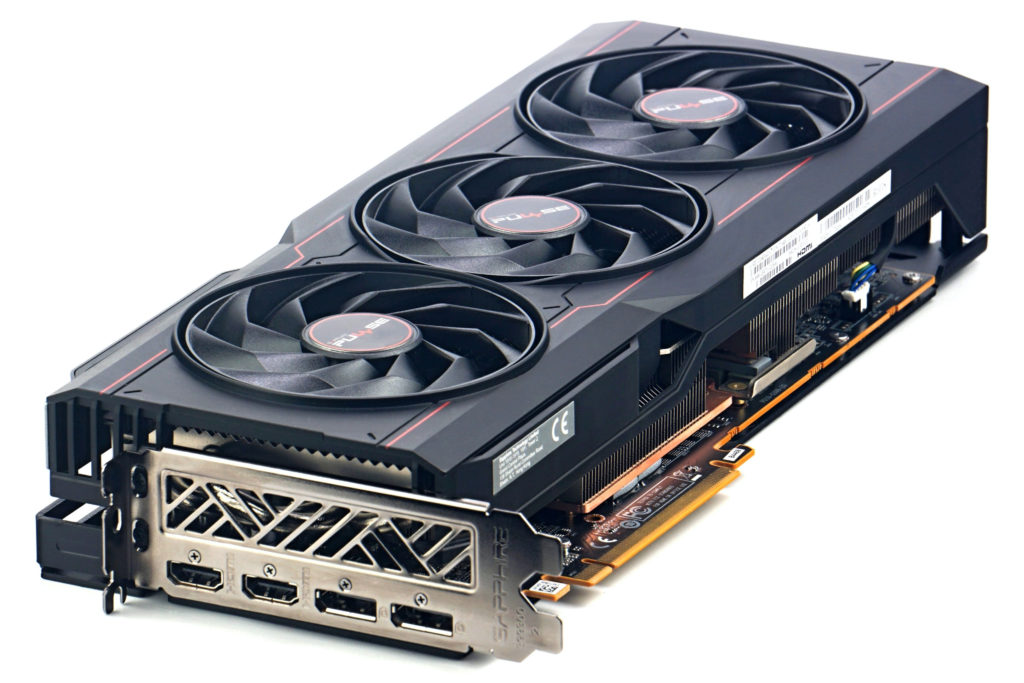
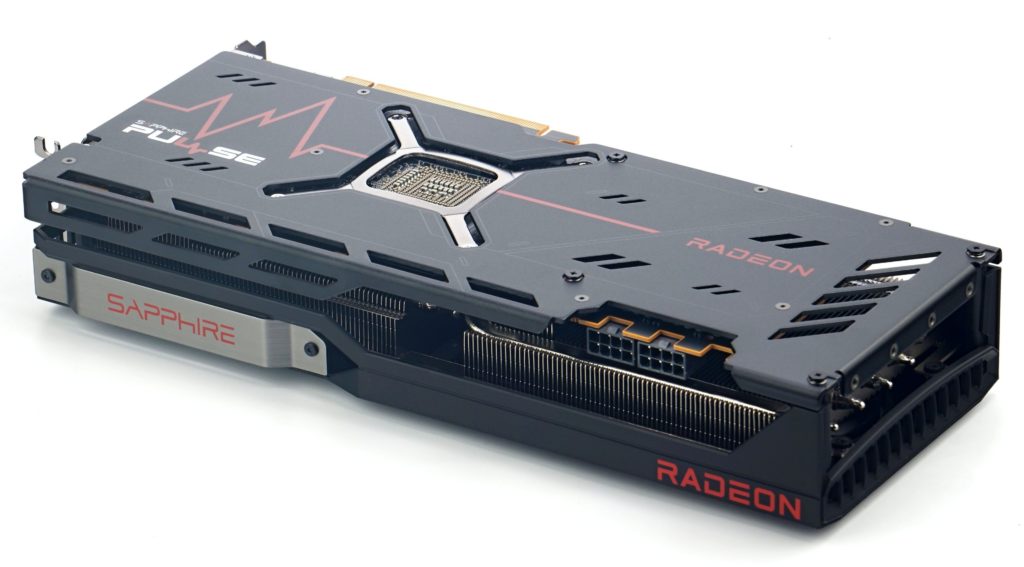
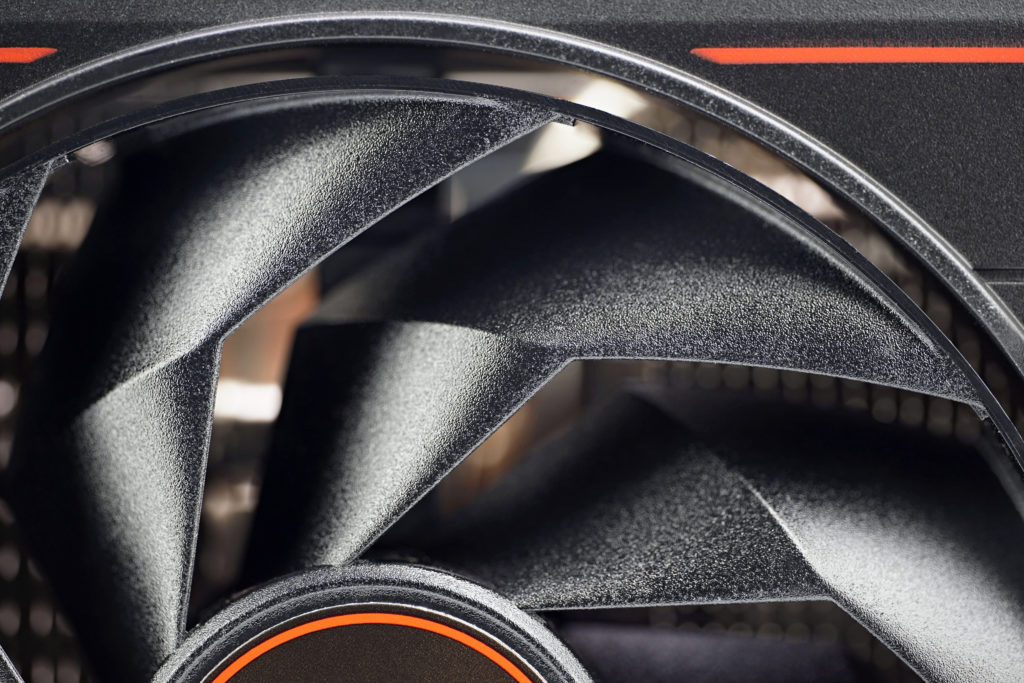
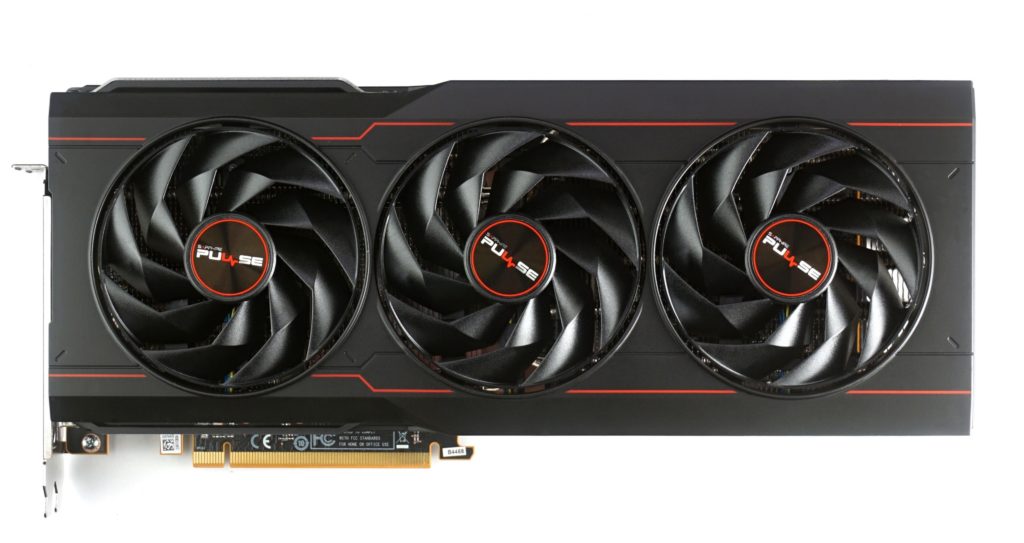
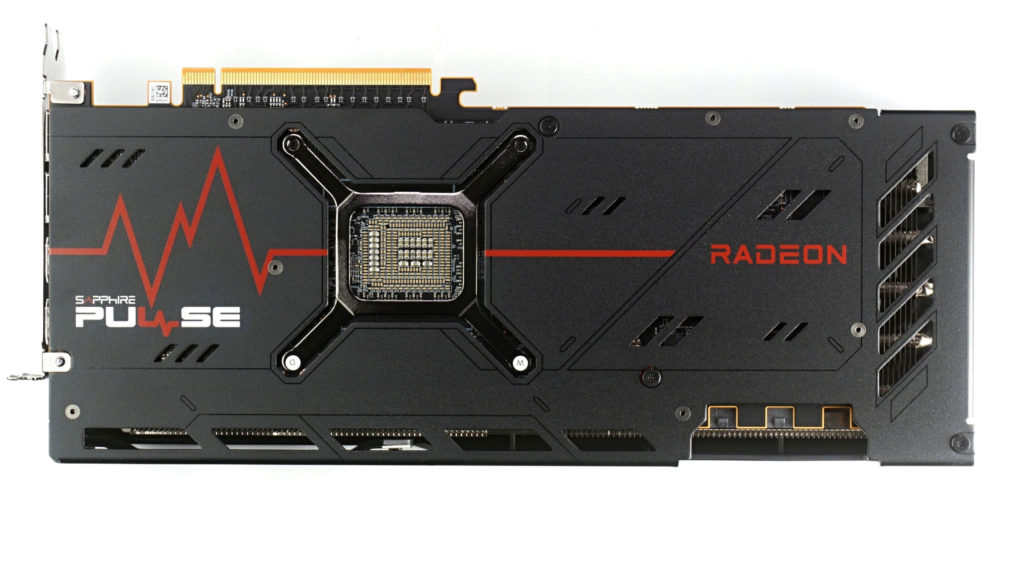
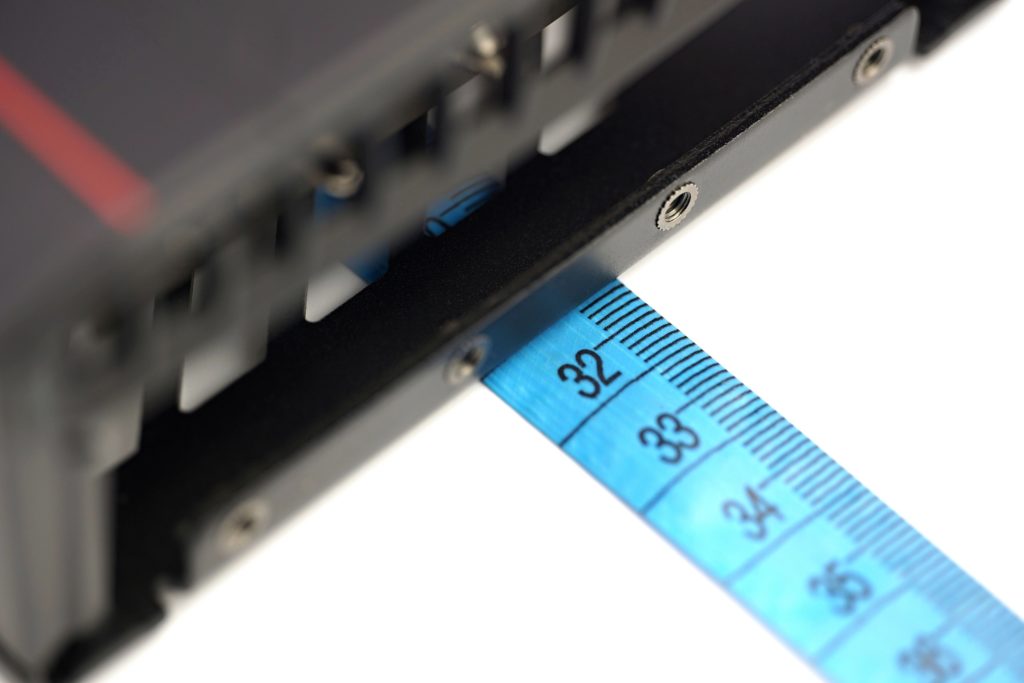
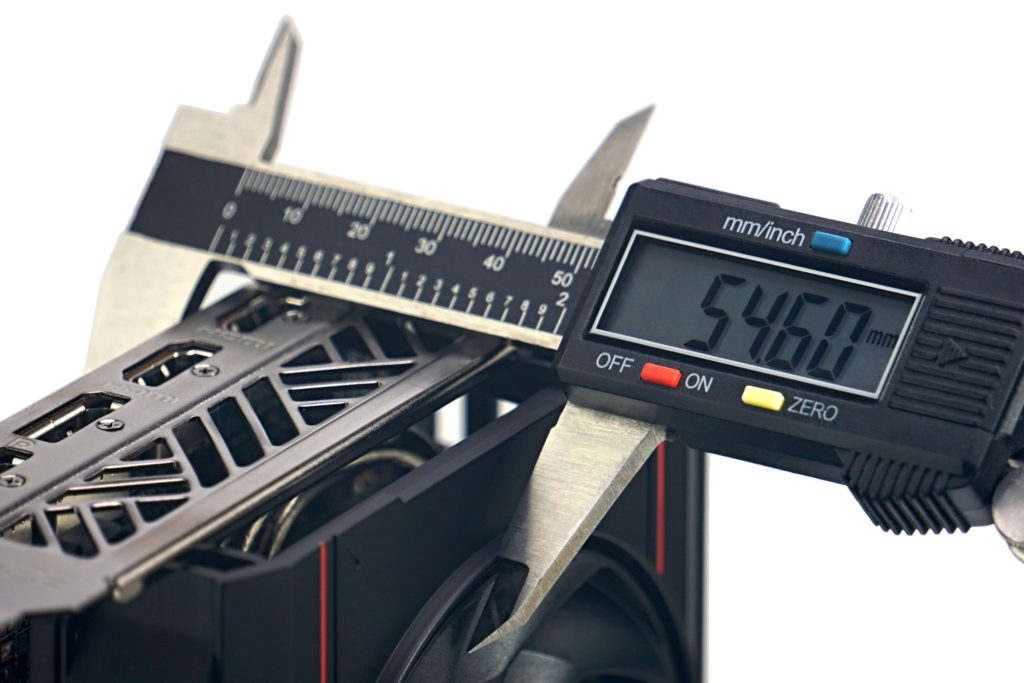


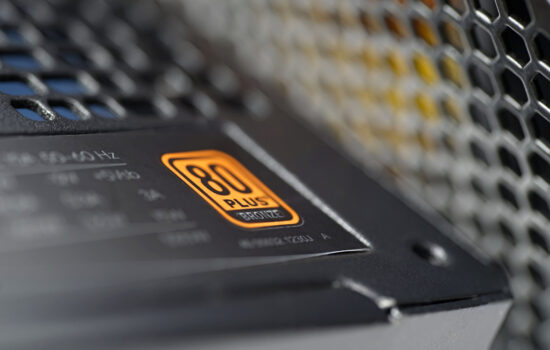
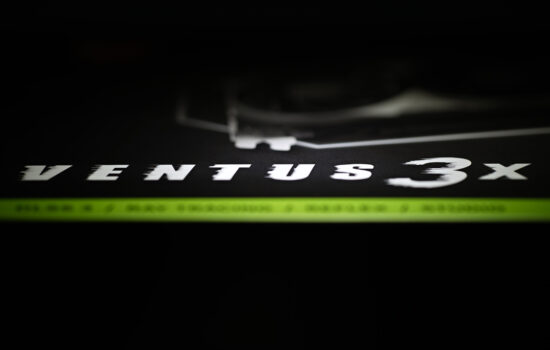



An interesting thing to look at is a power draw on V-sync 60 or 90 Hz. The 7000 series was obnoxious even compared to 6000 series in this regard, sometimes drawing 2 times the power of Ada GPUs.
Sounds nice, but is there anything to play? I mean, new games. Maybe a Dead Space remaster. What else? OO